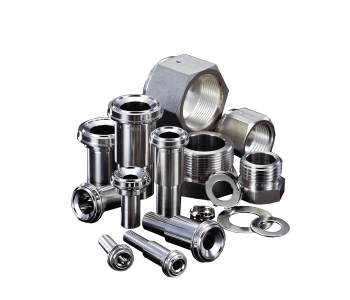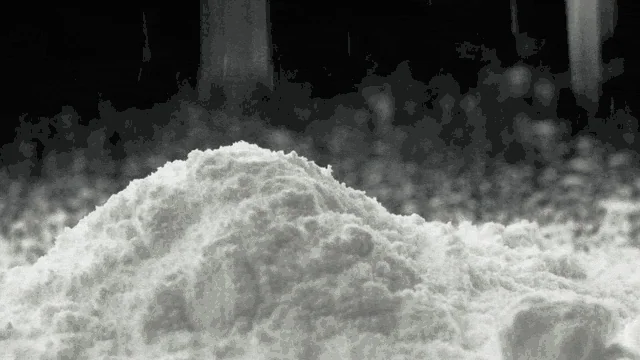Fittings
Definition:
Fittings are components used to connect, terminate, control the flow, and change the direction of pipes. They are crucial for creating a functional plumbing or piping system.
Types of Fittings:

Couplings: Connects two pipes of the same diameter.
Elbows: Changes the direction of the pipe, commonly available in 90-degree and 45-degree angles.
Tees: Allows branching of pipes; has one inlet and two outlets at 90-degree angles.
Reducers: Connects pipes of different diameters, reducing the flow from a larger pipe to a smaller one.
Adapters: Connects pipes of different types or materials.
Caps and Plugs: Used to close the end of pipes.
Valves: Control the flow of fluid through the pipe (e.g., gate valve, ball valve).
Materials:
Metal Fittings: Brass, steel, copper, and cast iron, used for their durability and strength.
Plastic Fittings: PVC, CPVC, and PEX, chosen for their corrosion resistance and ease of installation.
Applications
Residential Plumbing: Water supply, heating systems, drainage, and gas lines.
Industrial: Chemical transportation, oil and gas pipelines, and manufacturing processes.
Agricultural: Irrigation systems.
Municipal: Water treatment plants, sewage systems, and stormwater management.
Installation and Maintenance
Installation: Requires careful planning and knowledge of local codes and standards. Proper tools and techniques are essential to ensure a leak-free and durable system.
Maintenance: Regular inspection, cleaning, and occasional replacement of parts are necessary to prevent leaks, clogs, and other issues.
In summary, pipes and fittings are critical for creating systems that transport fluids efficiently and safely. The choice of materials and types depends on the specific requirements of the application, such as the type of fluid, pressure, temperature, and environmental conditions.






